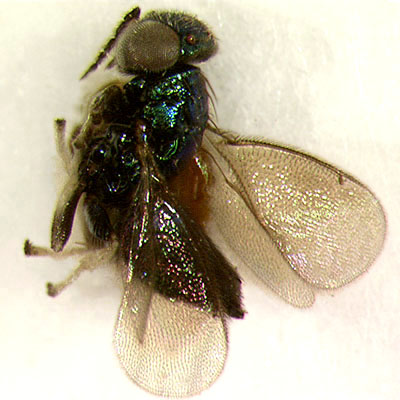 |
|||||||||||||||||||||||||||||||||||||||||||||||||||||||||||||||||||||||||||||||||||||||||||||||
|
|
Home | Open the Key | References | ||||||||||||||||||||||||||||||||||||||||||||||||||||||||||||||||||||||||||||||||||||||||||||
|
|||||||||||||||||||||||||||||||||||||||||||||||||||||||||||||||||||||||||||||||||||||||||||||||
Classification
|
|||||||||||||||||||||||||||||||||||||||||||||||||||||||||||||||||||||||||||||||||||||||||||||||
Subfamily Tribe |
Entedonini |
||||||||||||||||||||||||||||||||||||||||||||||||||||||||||||||||||||||||||||||||||||||||||||||
Diagnosis
|
|||||||||||||||||||||||||||||||||||||||||||||||||||||||||||||||||||||||||||||||||||||||||||||||
|

|
||||||||||||||||||||||||||||||||||||||||||||||||||||||||||||||||||||||||||||||||||||||||||||||
| |
|||||||||||||||||||||||||||||||||||||||||||||||||||||||||||||||||||||||||||||||||||||||||||||||
Distribution |
|||||||||||||||||||||||||||||||||||||||||||||||||||||||||||||||||||||||||||||||||||||||||||||||
|
Pleurotroppopsis is a small genus recorded in Australasian, Afrotropics, Holarctic and Oriental regions (Noyes, 2001). |
|||||||||||||||||||||||||||||||||||||||||||||||||||||||||||||||||||||||||||||||||||||||||||||||
| |
|||||||||||||||||||||||||||||||||||||||||||||||||||||||||||||||||||||||||||||||||||||||||||||||
Biology |
|||||||||||||||||||||||||||||||||||||||||||||||||||||||||||||||||||||||||||||||||||||||||||||||
|
The species of this genus are parasitoids of leafmining Coleoptera, Diptera and Lepidoptera (Noyes, 2001). |
|||||||||||||||||||||||||||||||||||||||||||||||||||||||||||||||||||||||||||||||||||||||||||||||
| |
|||||||||||||||||||||||||||||||||||||||||||||||||||||||||||||||||||||||||||||||||||||||||||||||
| |
|||||||||||||||||||||||||||||||||||||||||||||||||||||||||||||||||||||||||||||||||||||||||||||||
Comments |
|||||||||||||||||||||||||||||||||||||||||||||||||||||||||||||||||||||||||||||||||||||||||||||||
|
Pleurotroppopsis belongs to the subfamily
of Entedoninae by having 2 setae
on submarginal vein, scutellum with a pair of setae, fronto-facial
suture distinctly separated from anterior ocellus and male scape
with sensory pores placed at the ventral edge.
Pleurotroppopsis can be distinguished from Achrysocharoides, Neochrysocharis, Chrysocharis, Asecodes, Trisecodes and Closterocerus by having a transverse carina on pronotum, a longitudinal line placed posteriorly on mesoscutum, a pair of longitudinal lines on scutellum, a single median carina and plica on propodeum. Pediobius (always) and Proacrias (often) have pronotum with transverse carina as well, but they do not have longitudinal grooves on mesoscutum and scutellum and have paired median carinae on the propodeum. Apleurotropis, one of the closest genera to Pleurotroppopsis, can be recognised by not having longitudinal lines on scutellum and by having 2 setae on callus; other characters useful to distinguish them are discussed by Kamijo (1990b). Finally, Kratoysma Boucek, Platocharis Kerrich and Zaommomentedon Girault, other related genera recorded on Lepidoptera leafminers, may be distinguished from Pleurotroppopsis as follows: Zaommomentedon has mesoscutum and scutellum with complete and distinct median groove, Platocharis has diverging submedian carinae or plicae and transverse carina between submedian carina and plica and Kratoysma has scutellum strongly sculptured with broad median groove anteriorly (Schauff et al., 1998). |
|||||||||||||||||||||||||||||||||||||||||||||||||||||||||||||||||||||||||||||||||||||||||||||||
